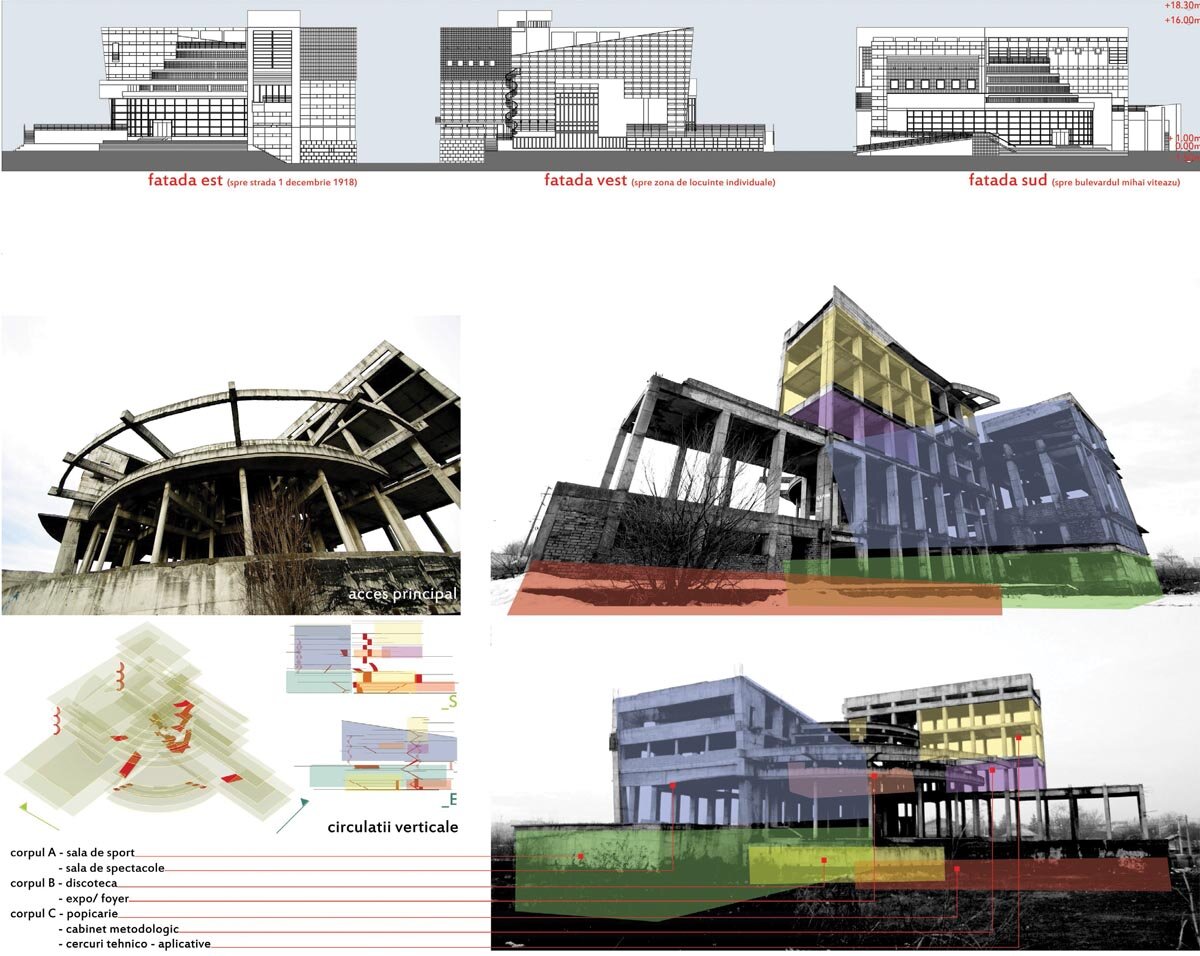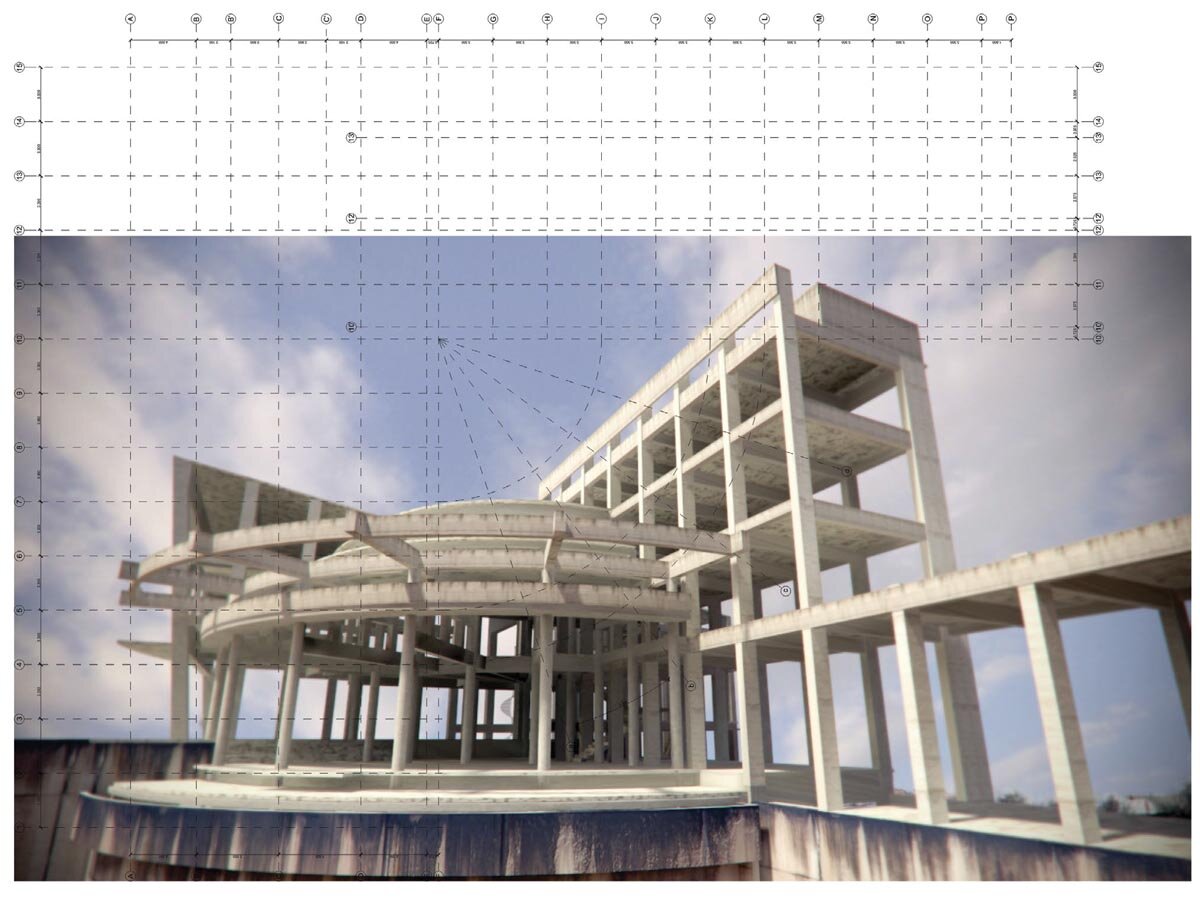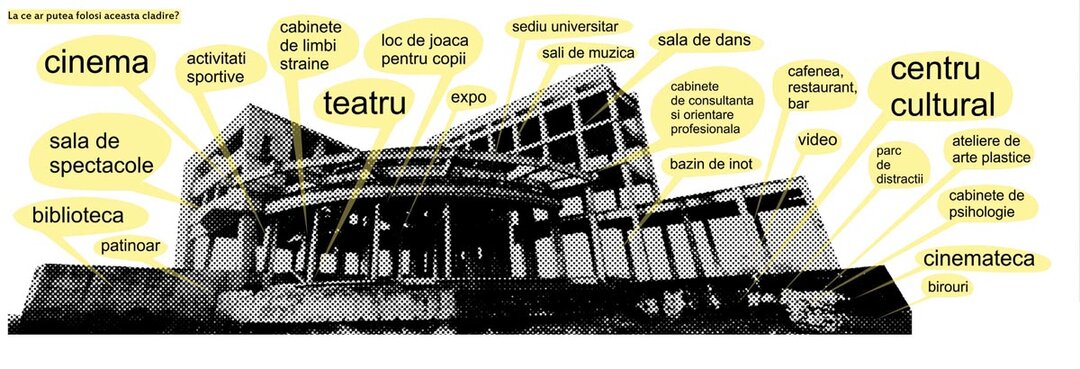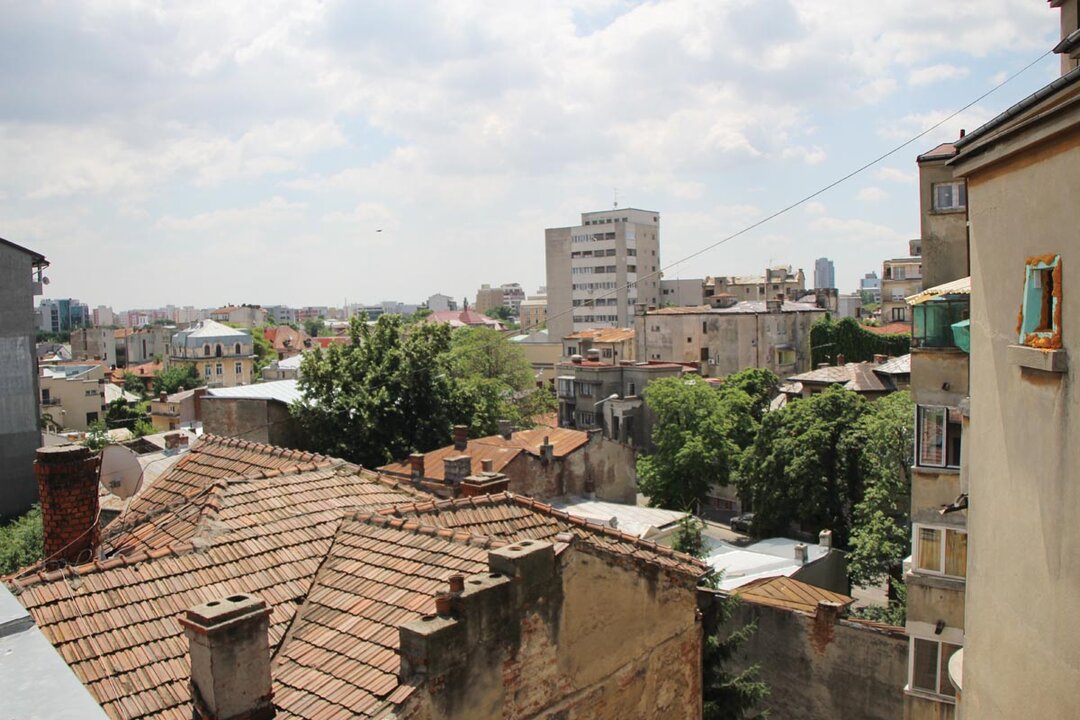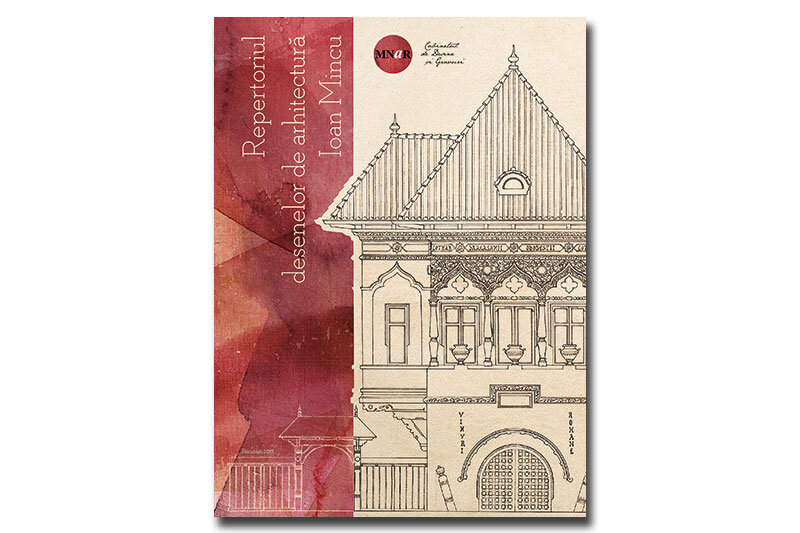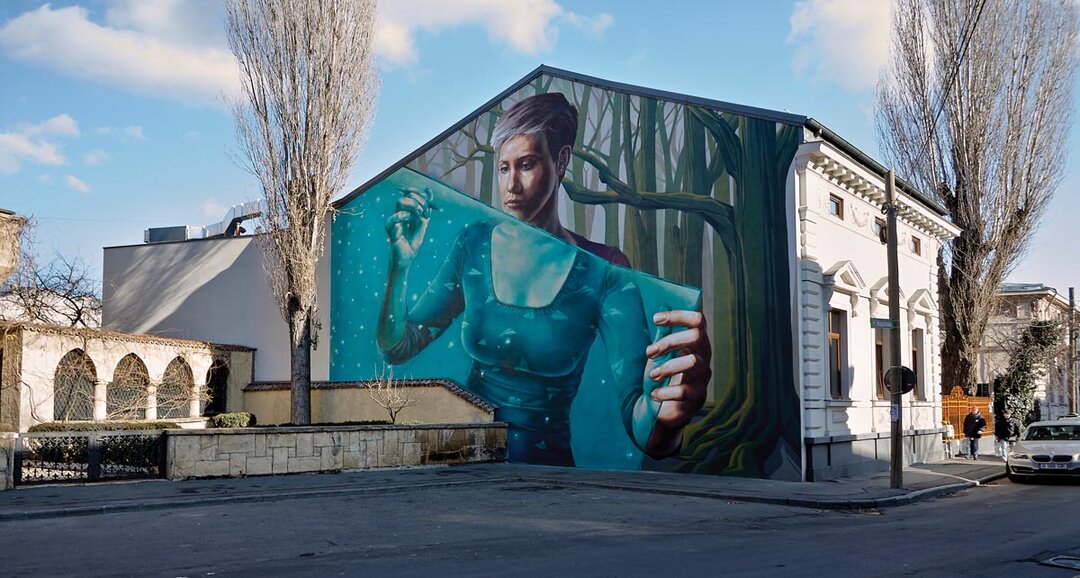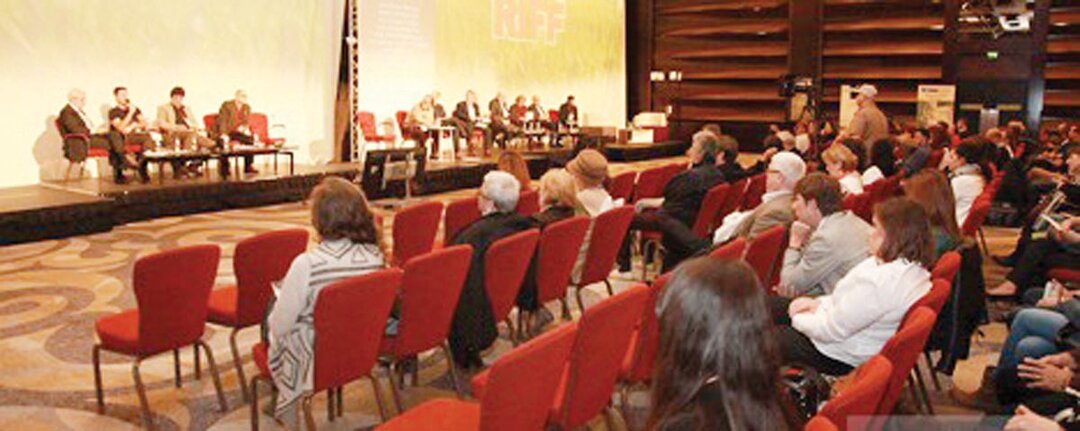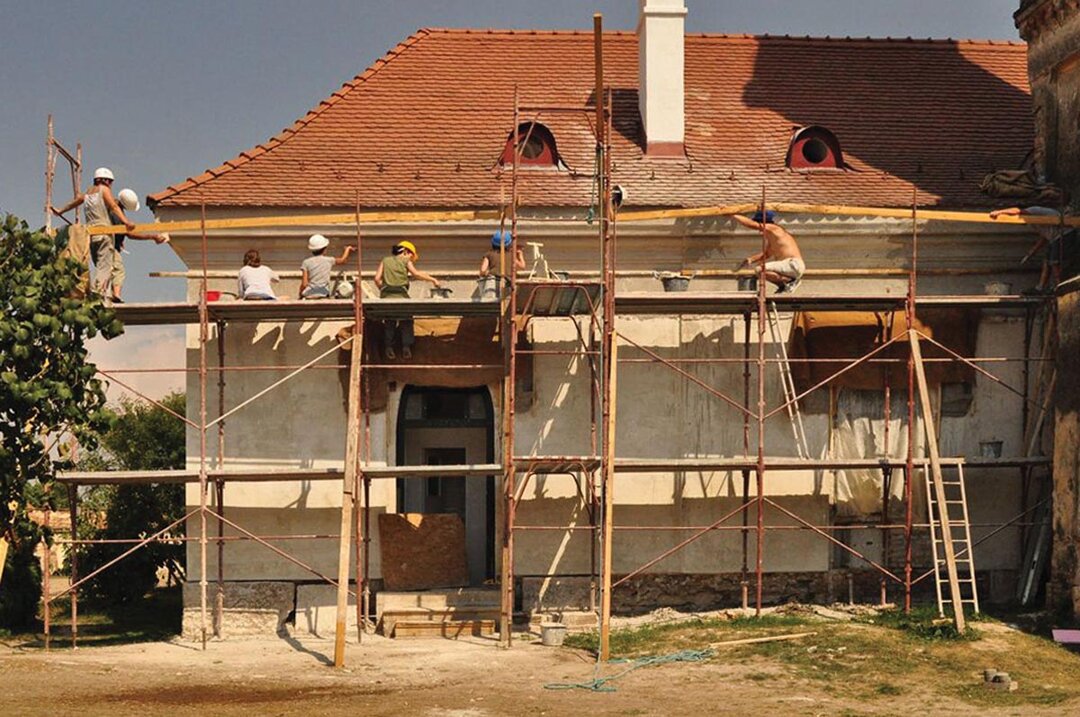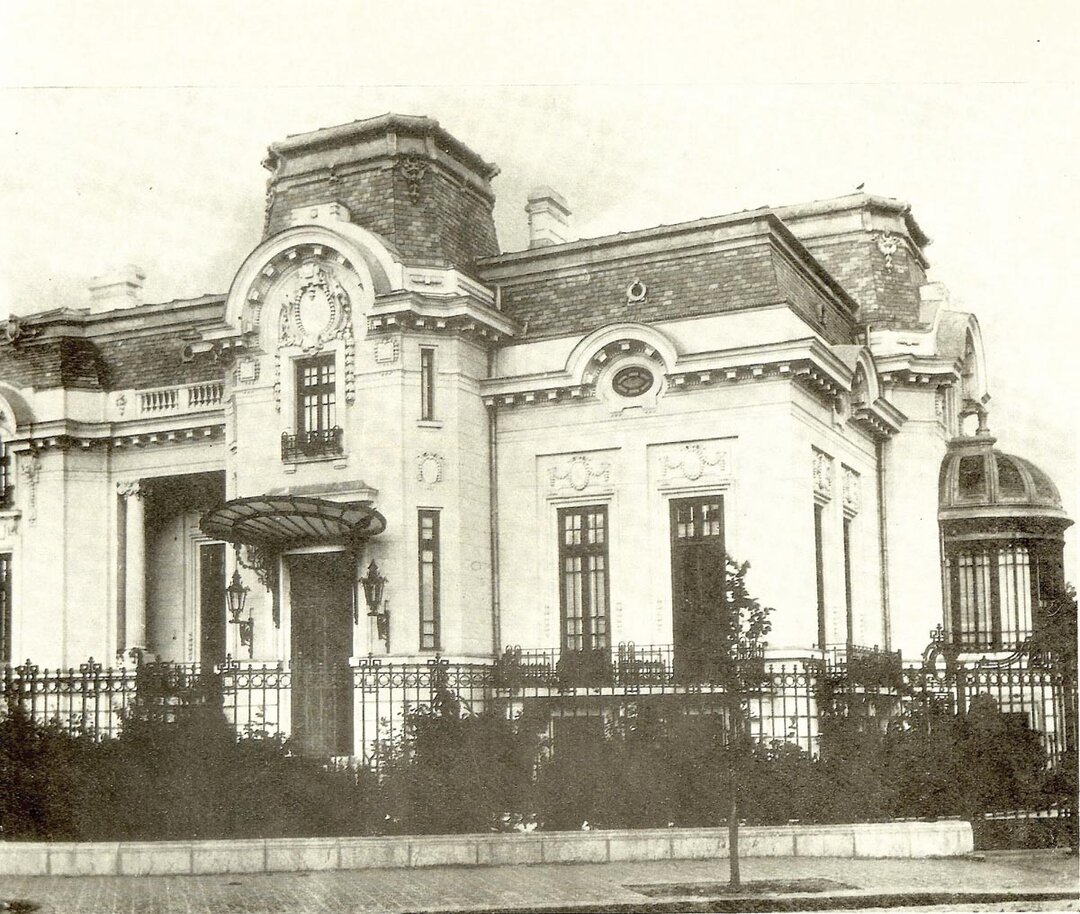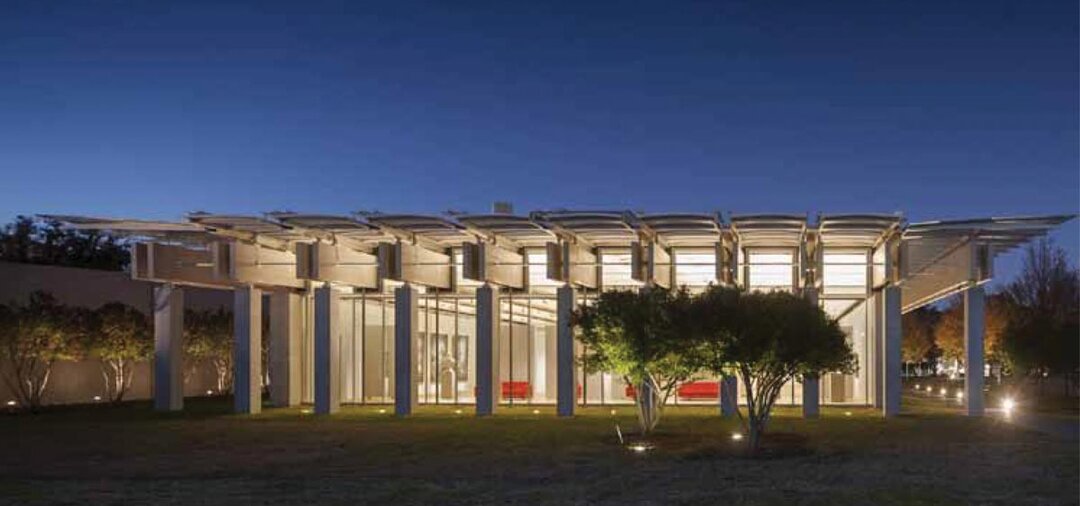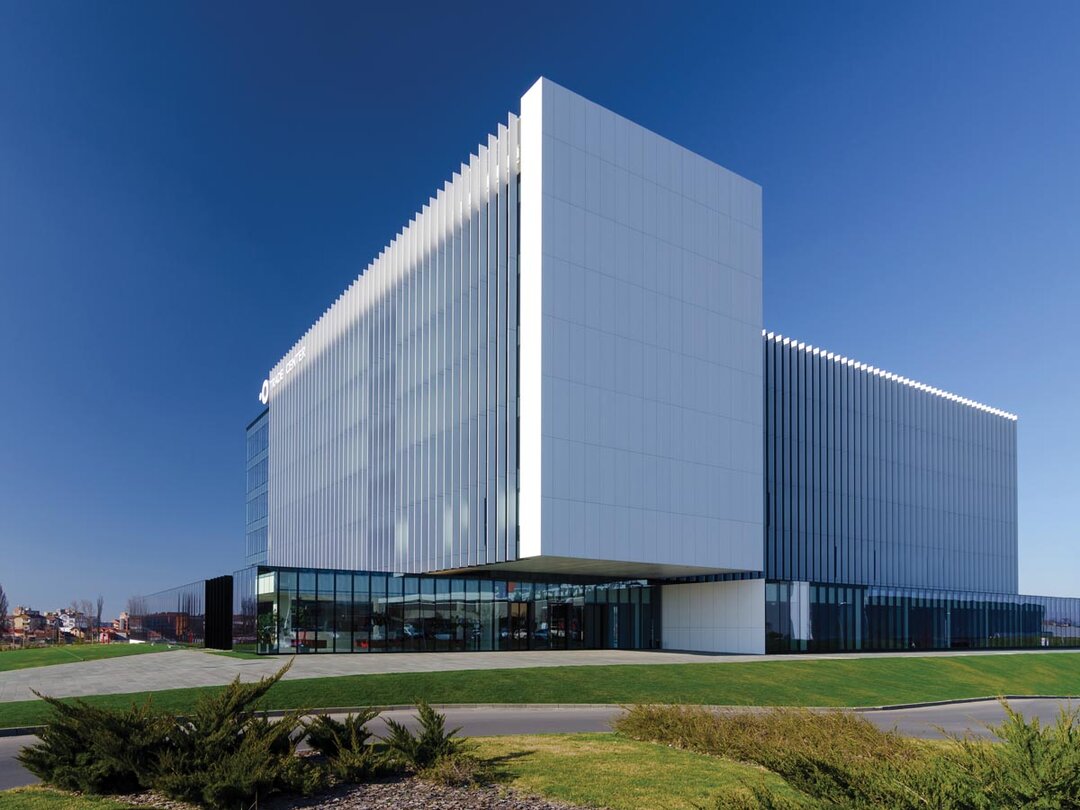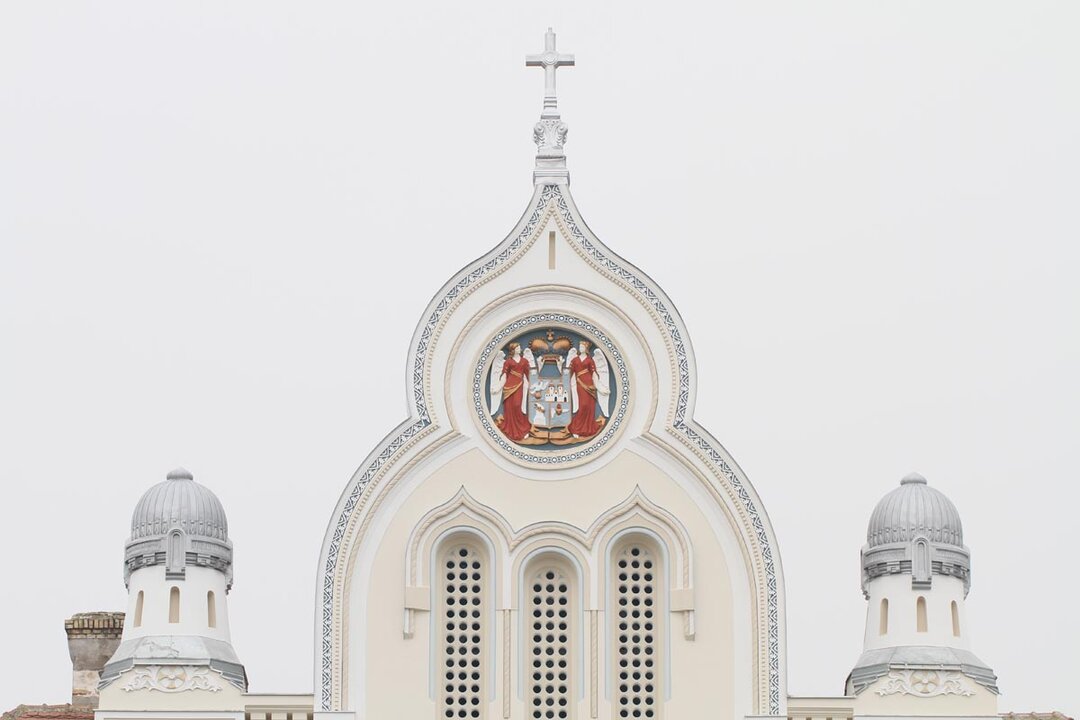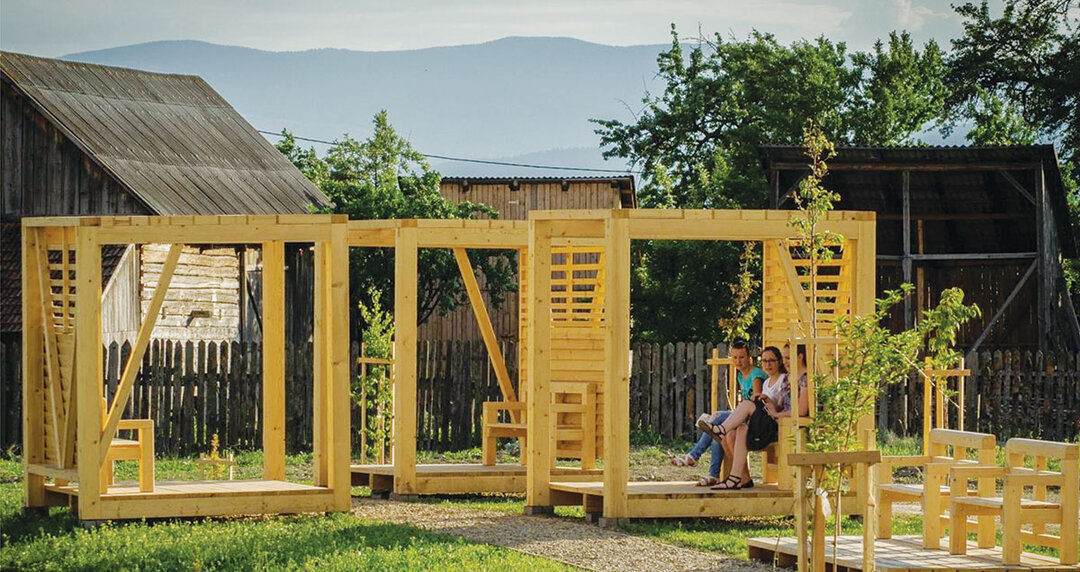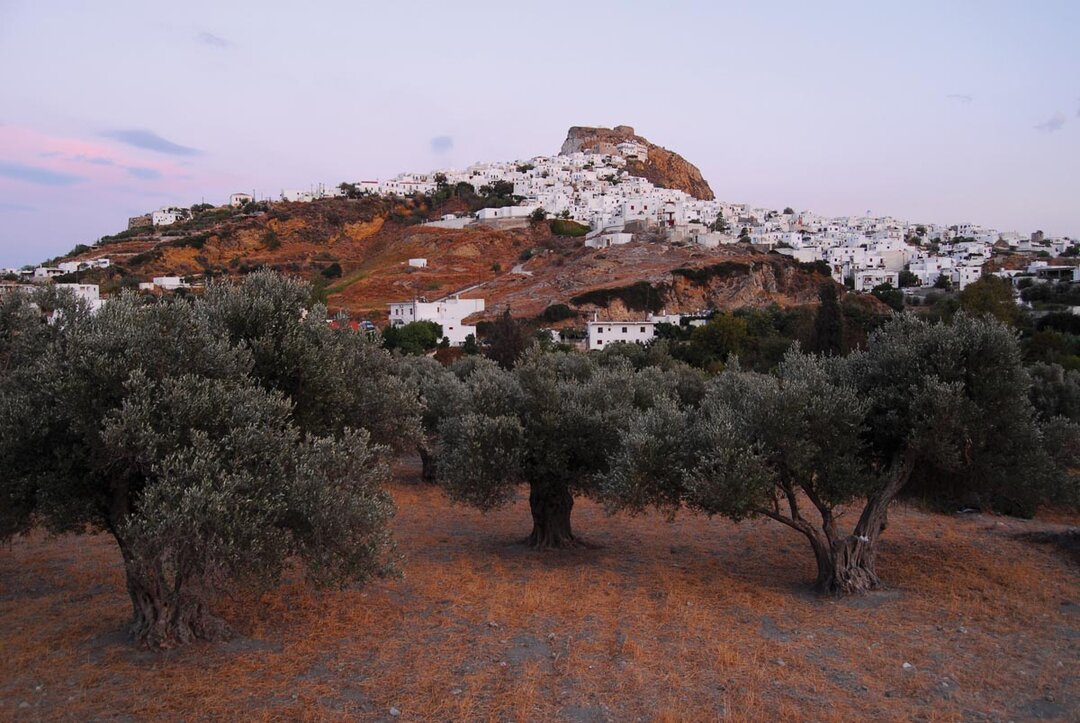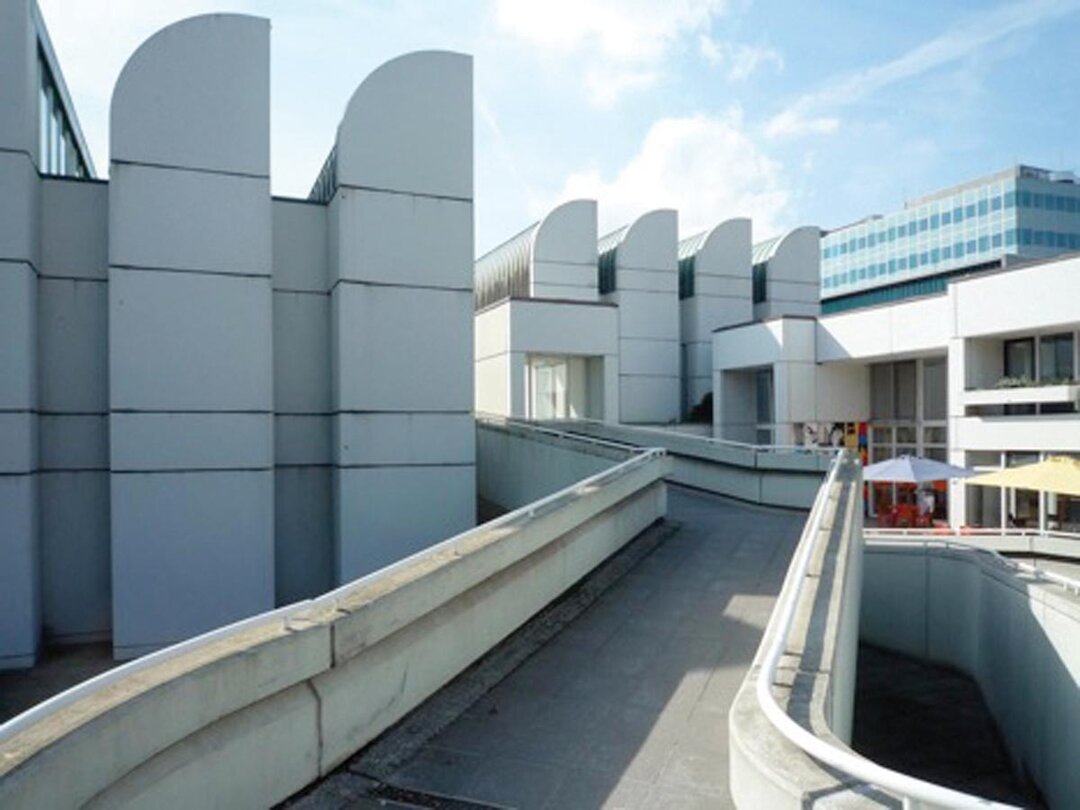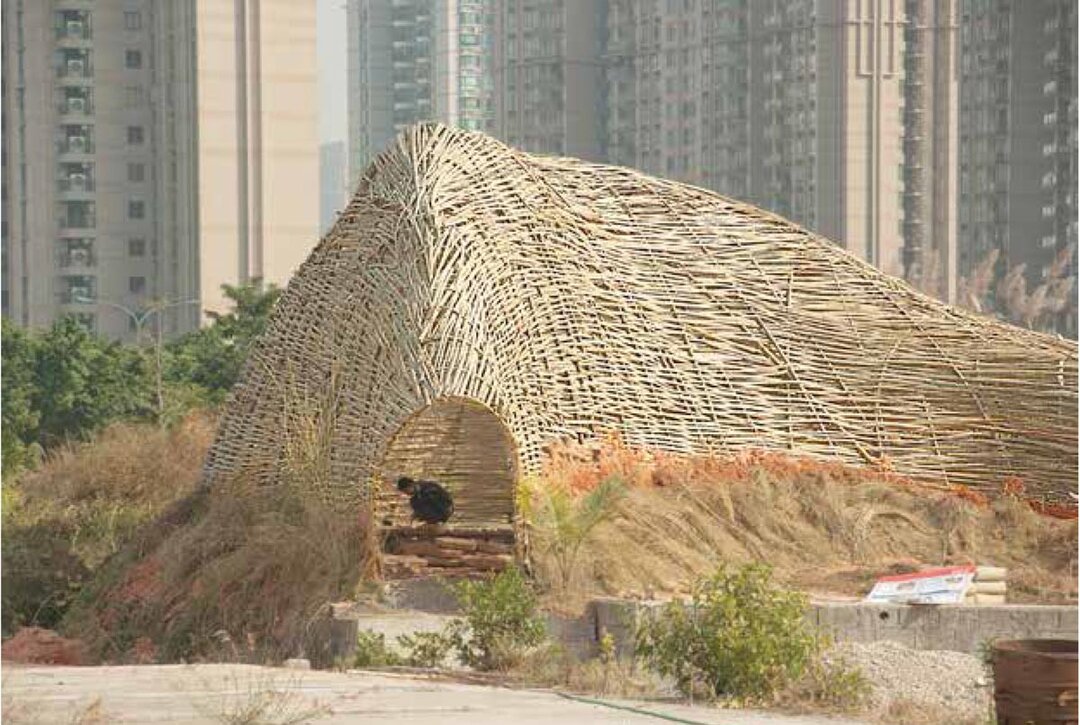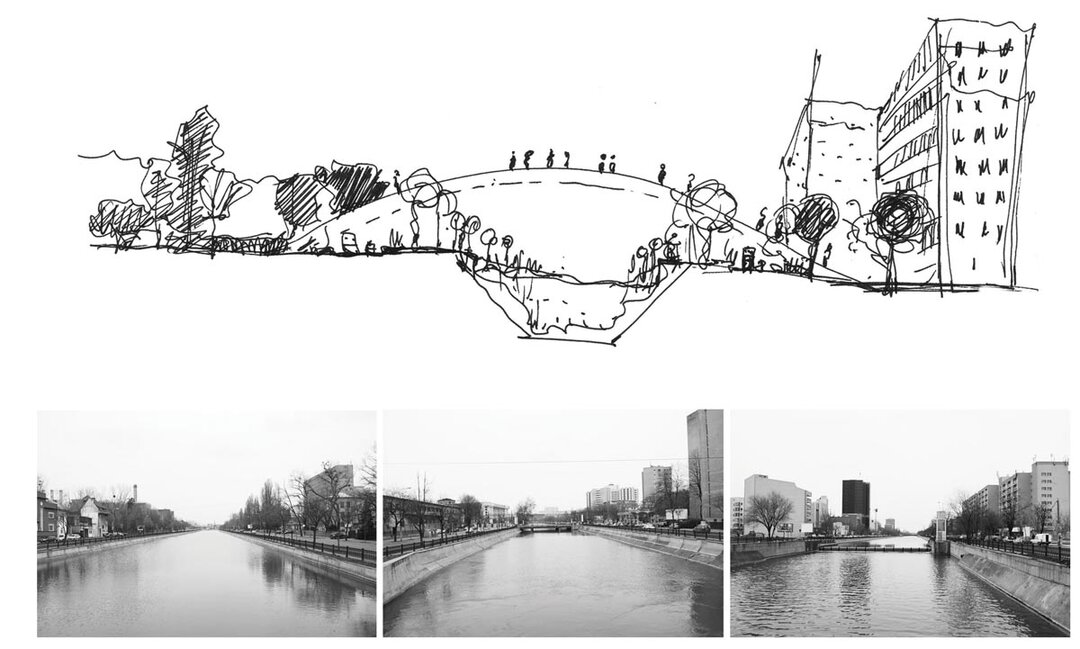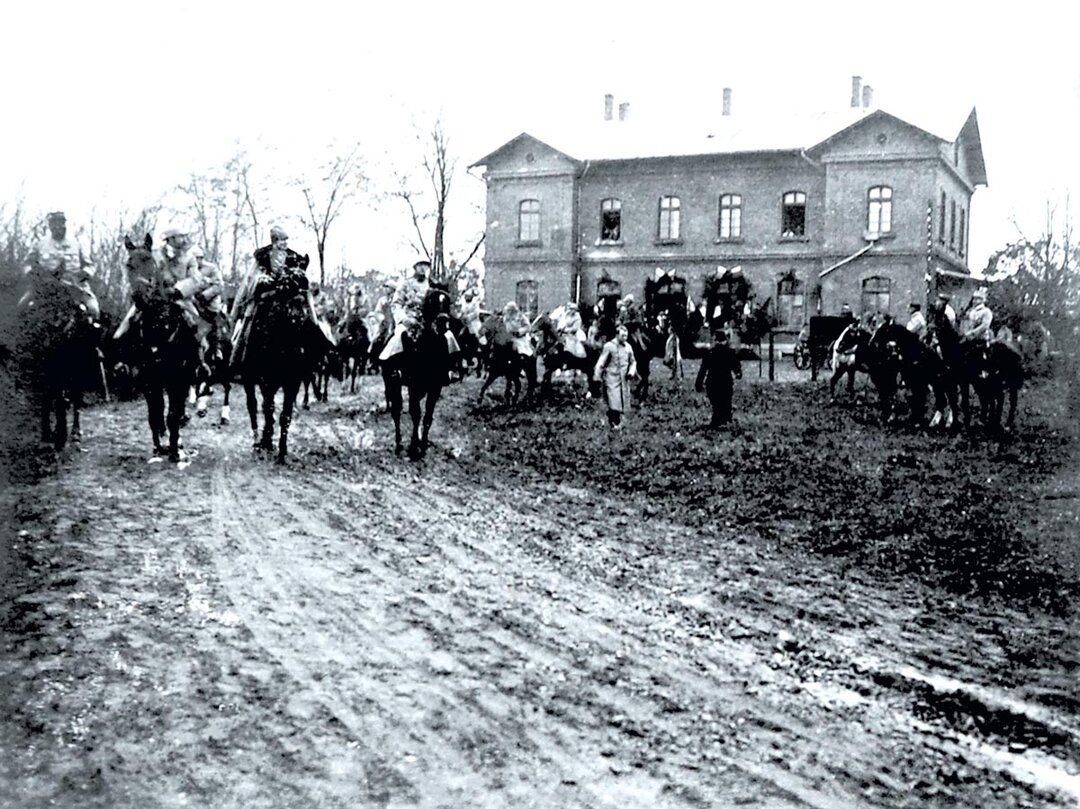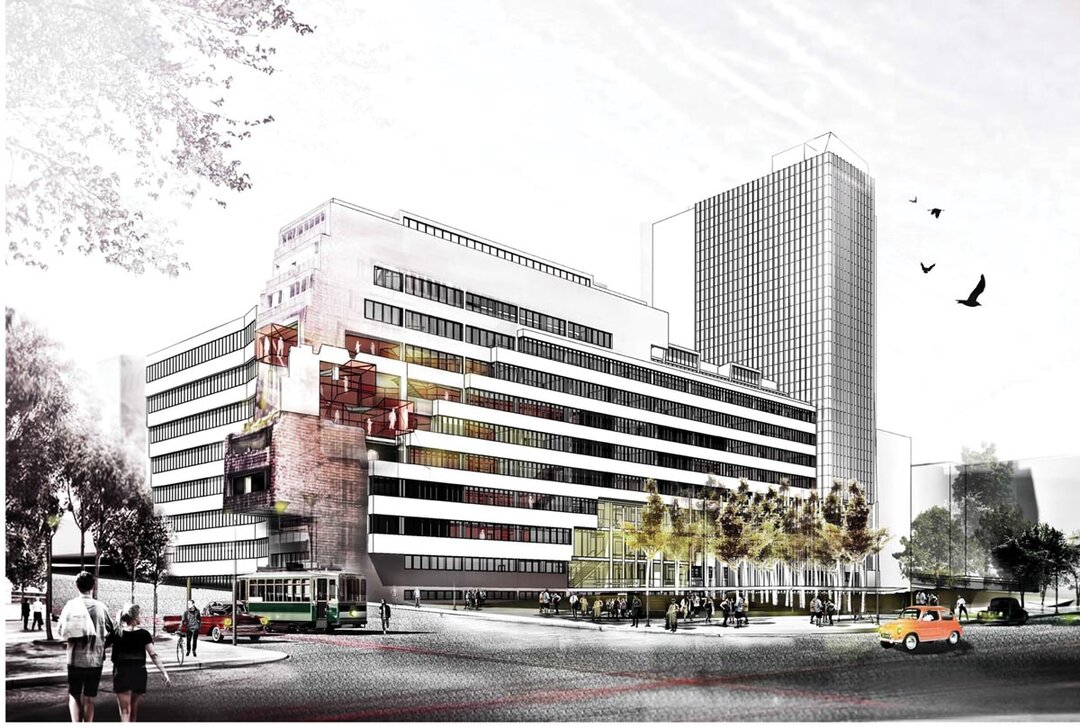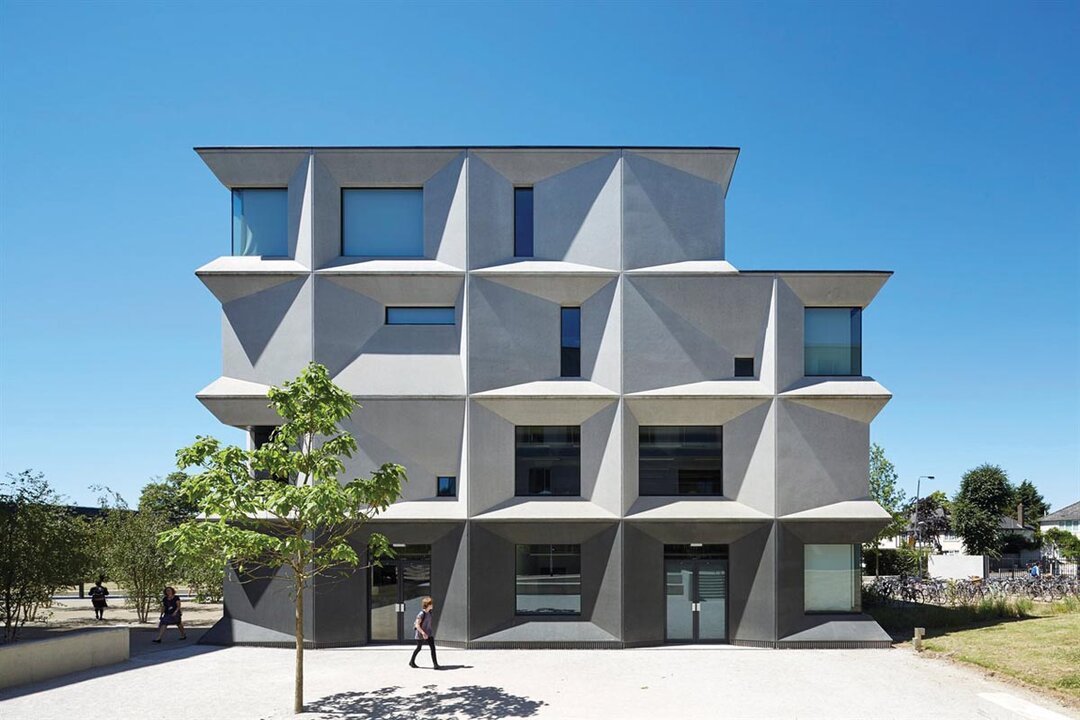
Giurgiu’s Youth House
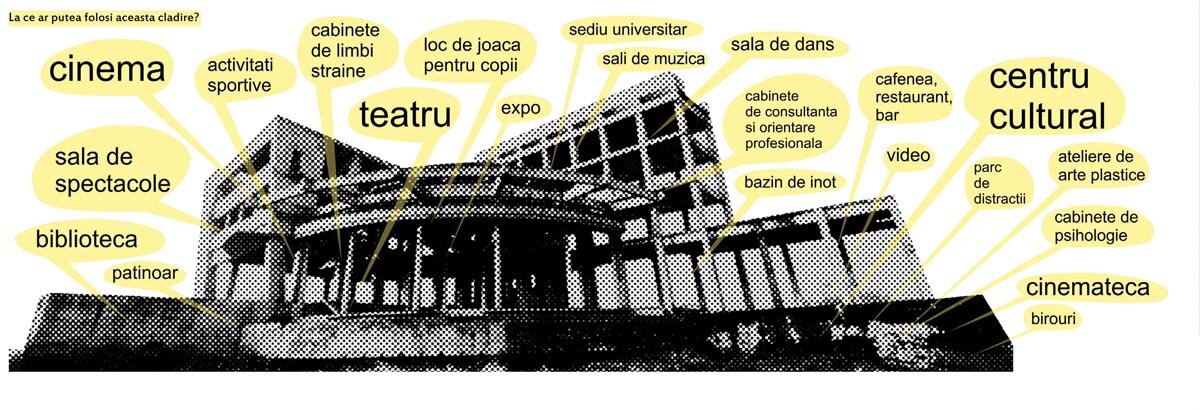
Known as the House of Youth, the House of Science and Technology for Young People, together with the Youth Clubs, represents the patrimony of the former Communist Youth Union (U.T.C.). The construction of these cultural buildings came in response to a political decision in the last two decades of the communist regime. In Romania, the cultural program was represented in rural areas by the Căminele Culturali (cultural centers) and in urban areas by the Casele de cultură (cultural houses of cities, trade unions or students).
The Communist Youth Union was "the mass revolutionary organization uniting large masses of young workers, peasants, schoolchildren, students and intellectuals, motivated by the noble ideals of socialism and communism"1 and operated under the leadership of the Romanian Communist Party, with the main aim of "communist education of the youth". "This paved the way, on the one hand, for the mass indoctrination of young people and, on the other, for their involvement, as early as during their school years, in economic activities patronized by the new regime."2
The theme-program of these Youth Houses was initially developed by the architect Emil Barbu Popescu, inspired by the foyers de jeunes in France. The Youth House "is not a building that lives by its prestige or presence in the city, but by the cultural and social animation it generates. They must be buildings that stimulate, incite and, from case to case, take the form of the community for which they are intended. We cannot have a "typical youth house", because young people have a different professional make-up, different concerns, different temperaments, from town to town"3.
Bearing in mind that the U.T.C.-ul was under the patronage of Nicu Ceaușescu in the 1980s, these buildings benefited from a particular architectural expression, mostly unique constructions and in the design of which the architects enjoyed greater freedom; their standardization was not imposed.
Twenty-four such Youth Houses were built, and three others remained only at the project stage or were not finalized (Orșova - project, Deva - foundation, Giurgiu - structure). After 1990, the latter were not completed.
From a functional point of view, in the composition of the Youth Centers there are several areas:
- the performance sector: organized in multifunctional halls (usually a large hall, with several hundred seats, and another smaller hall, with up to a hundred seats) so as to host theatre, dance, music concerts, cinema, as well as various party meetings;
- the cultural-educational sector: it comprises various technical-applicative and hobby circles, creative workshops, exhibition areas, library, etc..;
- recreational sector: for games, sports activities and fun meetings, dance-disco, bowling alley;
- accommodation sector: consisting of accommodation, catering and ancillary functions (including space for the Youth Tourist Office).
Read the full text in issue 6/2015 of Arhitectura magazine
Notes:
1 Statute of the Communist Youth Union of the Socialist Republic of Romania, adopted by the 7th Congress of the Communist Youth Union of the Socialist Republic of Romania, 1970.
2 The Presidential Commission for the Analysis of the Communist Dictatorship in Romania, Final Report, Bucharest, 2006, p. 138-157.
3 Ileana Murgescu, "Convorbire cu arhitectul Emil Barbu Popescu", in "Arhitectura", no. 1/ 1981.
